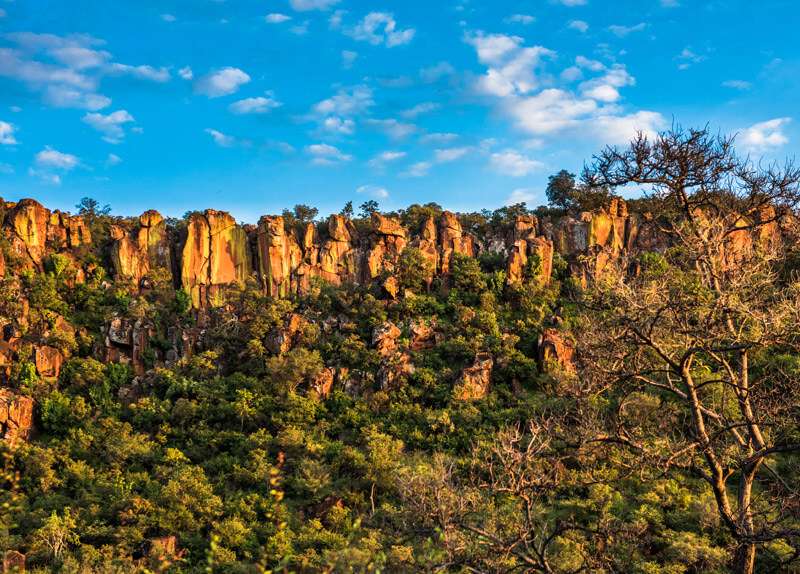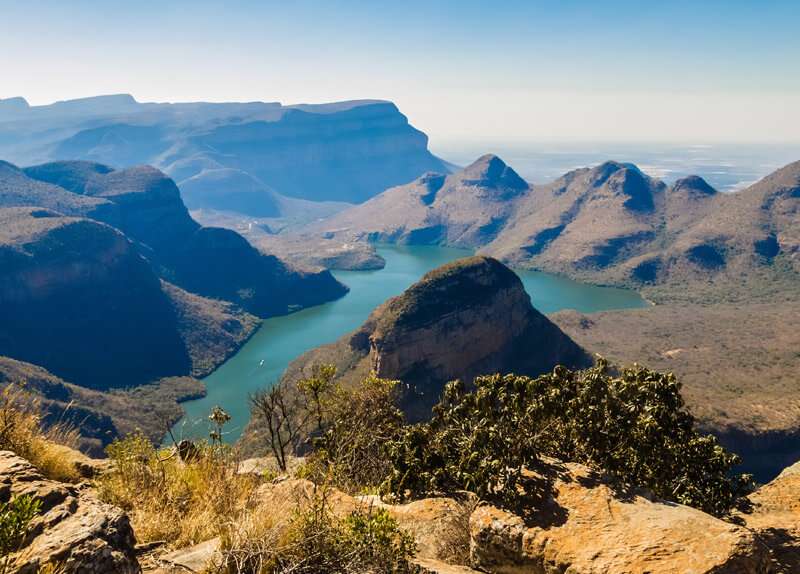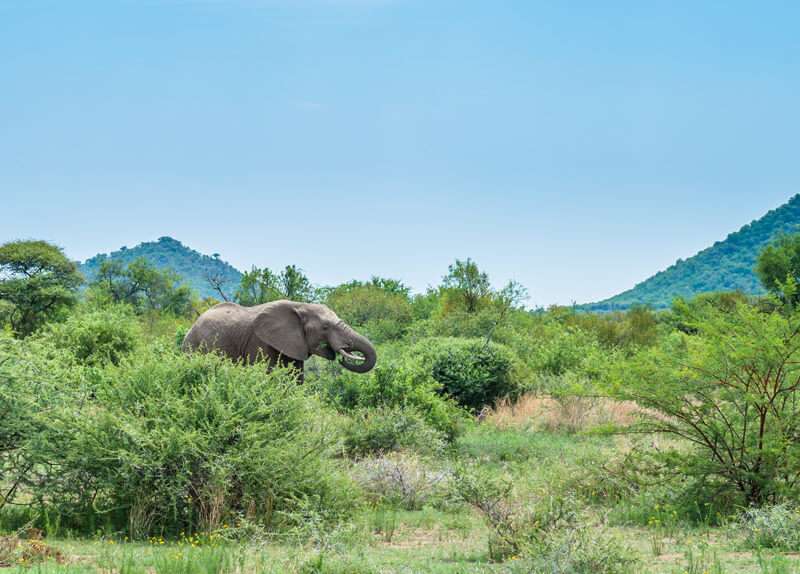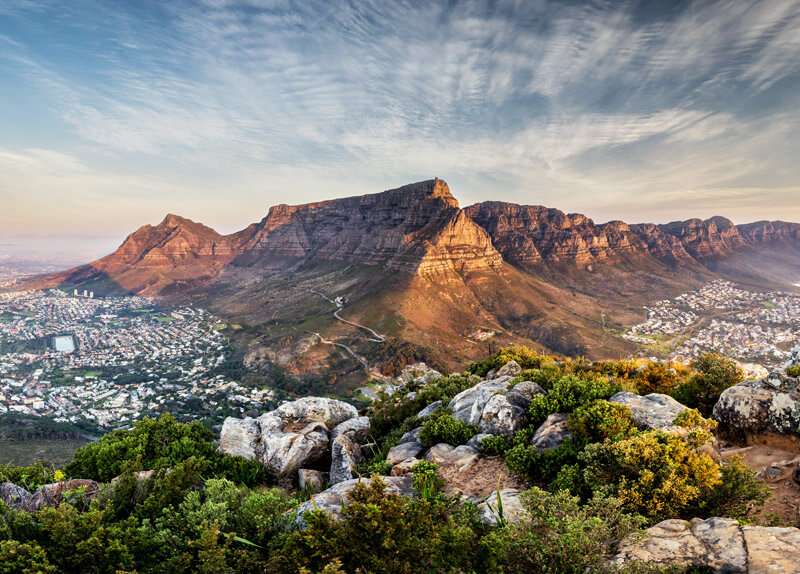This small and delightful camp is situated in the Southeastern corner of the Kruger National Park, on the northern bank of the Crocodile River, from which it derives its name.
After an early morning game drive, one can retire from the Lowveld heat to a lunch of prawns before coming back for late afternoon game viewing. The game viewing area is known as the 'Southern Circle' and is renowned for its concentration of different prides of lion with different hunting techniques and behaviour.
It has an abundance of prides, heards, troops, packs and swarms. It is home to a larger percentage of the Kruger National Park’s total rhino population. Come and experience humans living in harmony with nature, here one has the ability to experience the sharp contrast between the wilderness and the world out there.
General Information
Climate: Kruger is in a summer rainfall area. Such precipitation is usually convectional and can result in heavy downpours. The summer months (October to April) are hot and often balmy. Winters are warm and mild, although visitors going on night-drives will require warm clothing.
Day Visitors: Crocodile Bridge has a designated picnic area which, as the camp is also, an entrance gate to the Kruger National Park. It is an ideal spot for breakfasts for arriving visitors and farewell meals for departing visitors.
Sightings
There are so many creatures to see and sightings of rare species can be the highlight of your trip! Keep up to date with the movements of the wildlife in the Kruger National Park by consulting the sightings map at reception, it is updated daily!
Game: Crocodile Bridge is in great game viewing country and is an ideal venue to pursue the big 5. Both rhino species are regularly seen. Giraffe, zebra and several antelope species are usually seen within a few hundred meters of the camp gate. Lion, leopard and cheetah are all regularly recorded, while hyenas patrol the camp fence every night.
Birding: A special bird to look for, in this area, is the pinkthroated twinspot. Blackbellied starlings have also been recorded in this region. The rest camp itself has a busy stream of bird activity. Look for the orange-breasted bush shrike, brown-headed parrot and a host of small ground feeding seedeaters such as waxbills, manikins, fire finches, widow finches and canaries.
Vegetation: The camp is situated in knob thorn/marula savannah on basalt soils. Other prominent trees include the round-leafed teak. The grass is sweet and attracts many grazing species. Immediately west is a zone of delagoa thorn and the magic guarri. The grass is still sweet, but shorter. To the east of the camp is the Lebombo mountain range, where the vegetation differs again.
Accommodation
Camping Site: The campsite consists of twenty electrified stands with movable braai grids. A sparkling camp kitchen with 24-hour boiling water, electric hotplates and washing up facilities forms part of the amenities provided (with wheelchair access).
Bungalows: There are 20 units, 2 or 3 bed round rooms. Equipped with ablutions (most with showers, but some with baths), air-conditioning, some have both hotplates and sinks, some only have sinks. You have a choice of kitchenette or communal kitchen and more over; with out without riverside view.
Safari Tents: There are also 8, 2-bed permanent canvas tents, communal ablutions and cooking facilities, fridge and wheelchair access.
Activities
- Day and Night Game Drives
- Bush Breakfast and Braai (Barbecue)
- Morning and Afternoon Guided Walks
- Lebombo Eco-Trail
Facilities
- Information at Reception
- Public Telephones
- Post Box
- Basic First Aid Assistance
- Cafeteria/Coffee Shop
- Shop
- Emergency Road Service
- Petrol Station
- Laundromat
5 Things To Seek
- White Rhino
- Giraffe
- Spotted Hyena
- Kudu
- Cheetah
Travel Routes and Times from JHB/PTA
Crocodile Bridge Gate: Take the N4 to Nelspruit, head through Nelspruit to Malelane and on to Komatipoort (about 110kms). Then turn left onto the R571 just after Komatipoort and head on to the gate. Allow between 5 to 6 hours for the trip to the gate. Crocodile Bridge Main Rest Camp is right at the gate.









